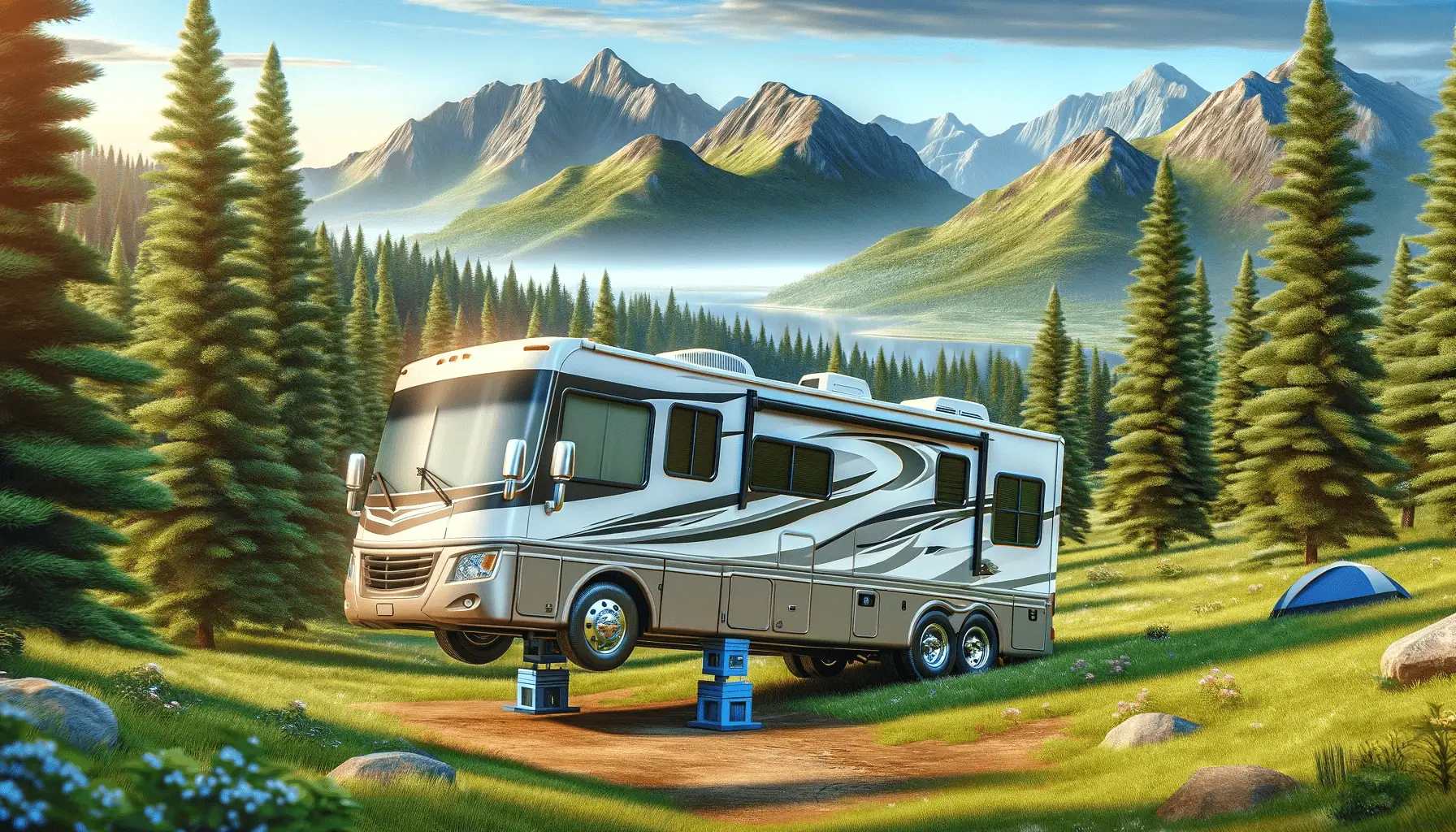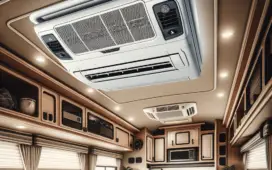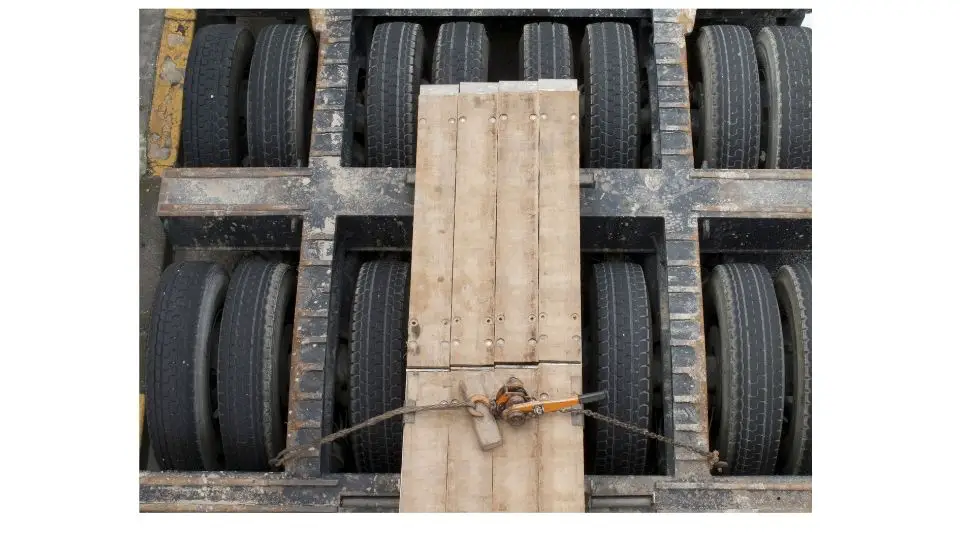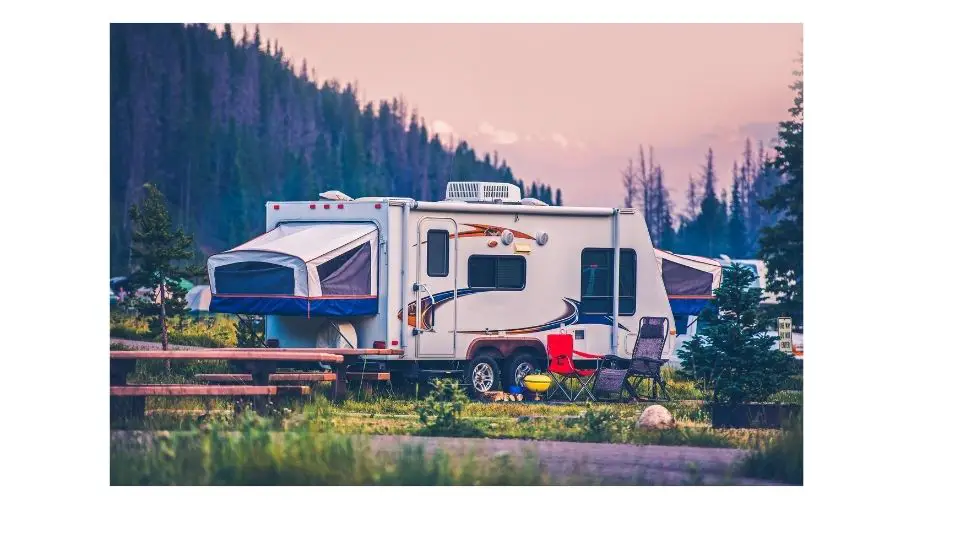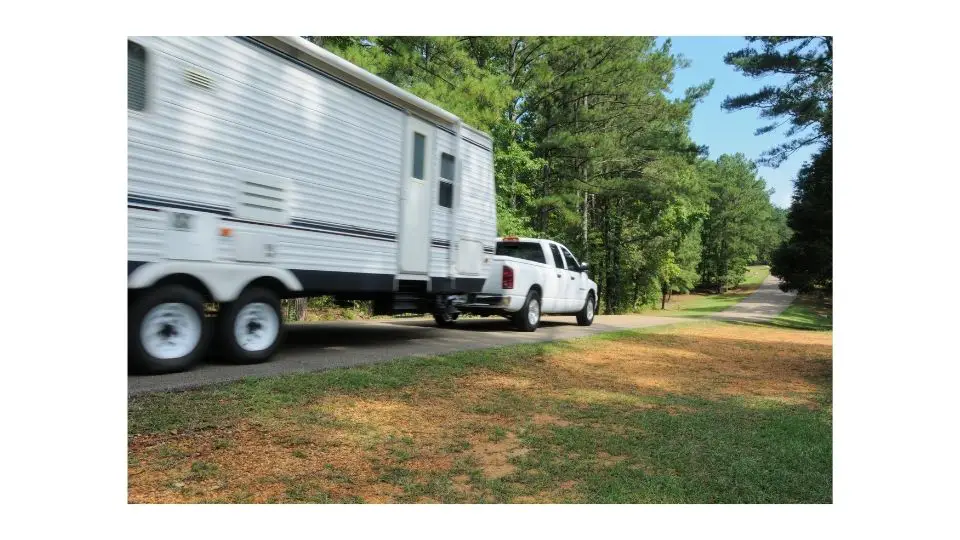Recreational vehicles (RVs) offer a unique blend of comfort and mobility, making them popular among travel enthusiasts. However, an often-overlooked aspect of RV setup is the importance of proper leveling. This article delves into why leveling your RV, especially side to side, is crucial for both functionality and comfort.
How to Tell if Your RV is Not Level Side to Side
To determine if your RV is not level side to side:
- Use a Bubble Level: Place it on the floor or a flat surface inside the RV.
- Built-in Leveling Indicators: Some RVs come with built-in leveling indicators.
- Observation: Look for uneven gaps in doors or windows and any visible tilt.
Importance of Leveling an RV
Leveling an RV is not just about comfort; it’s a necessity for several reasons:
- Appliance Efficiency: Many RV appliances, especially refrigerators, rely on being level to function properly.
- Structural Integrity: Prolonged resting on an uneven surface can stress the RV’s frame and structure.
- Sleep and Comfort: A level sleeping surface is essential for a good night’s sleep.
- Door and Window Operation: Misalignment can occur in doors and windows if the RV is not level.
An RV might not be level due to a variety of reasons. Here are some common causes:
Uneven Ground: The most common reason is parking on a surface that is not flat. Natural terrains, campsites, and even some paved areas can be uneven.
1. Improper Parking: Not positioning the RV correctly in a parking spot can result in one side being higher or lower than the other.
2. Weight Distribution: Uneven distribution of weight inside the RV, such as heavy appliances or storage items placed more on one side, can cause it to lean.
3. Tire Issues: Uneven tire pressure or tire damage can lead to one side of the RV being lower.
4. Suspension Problems: Worn-out or damaged suspension components can cause sagging on one side.
5. Leveling System Malfunction: For RVs equipped with automatic leveling systems, malfunction or incorrect calibration of the system can result in an uneven stance.
6. Settling Over Time: Even after proper initial leveling, an RV can become unlevel over time due to the ground settling or changes in weight distribution.
7. Inadequate Leveling Equipment: Using insufficient or inappropriate leveling blocks or jacks that don’t properly support the RV’s weight can lead to leveling issues.
Issues Caused by an Unleveled RV
Not leveling an RV side to side can lead to several issues:
- Appliance Damage: Operating refrigerators or other appliances out of level can cause permanent damage.
- Fluid Leaks: Oil or fluid reservoirs in certain appliances might not function properly.
- Uncomfortable Living Space: Furniture and belongings may shift, creating an uncomfortable living environment.
- Safety Concerns: It can lead to stability issues, increasing the risk of the RV tipping over in extreme cases.
Solutions for Leveling an RV Side to Side
Here are practical solutions to level your RV:
- Leveling Blocks: These are stackable blocks placed under the tires.
- Hydraulic or Electric Leveling System: These systems can automatically level an RV at the push of a button.
- Manual Jacks: Using manual jacks to raise one side of the RV.
- Portable Leveling Systems: Portable systems that can be adjusted as needed
| Equipment Type | Pros | Cons | Approximate Cost |
|---|---|---|---|
| Leveling Blocks | Portable, easy to use | Manual setup | $20 – $50 |
| Hydraulic/Electric Systems | Automatic leveling, convenience | Higher cost, installation required | $1000 – $3000 |
| Manual Jacks | Cost-effective, reliable | Physical effort required | $50 – $200 |
| Portable Leveling Systems |
Step-by-Step Guide to Leveling Your RV
- Find Even Ground: Park your RV on the flattest surface possible.
- Check Levelness: Use a bubble level to assess the levelness side to side.
- Adjust Leveling Blocks: Place leveling blocks under the lower side’s tires.
- Recheck Level: After adjustments, recheck with the bubble level.
- Secure the RV: Once level, secure the RV with wheel chocks and stabilizers.
Maintenance and Safety Tips
- Regular Checks: Frequently check your RV for levelness.
- Quality Equipment: Invest in durable leveling equipment.
- Follow Manufacturer Instructions: Always follow the guidelines for your specific RV model.
- Safety First: Never go under an RV that is only supported by jacks.
Conclusion
Properly leveling your RV side to side is essential for the longevity of your vehicle, the functionality of appliances, and your overall comfort. Regular checks and the right equipment can ensure a level and stable RV.
